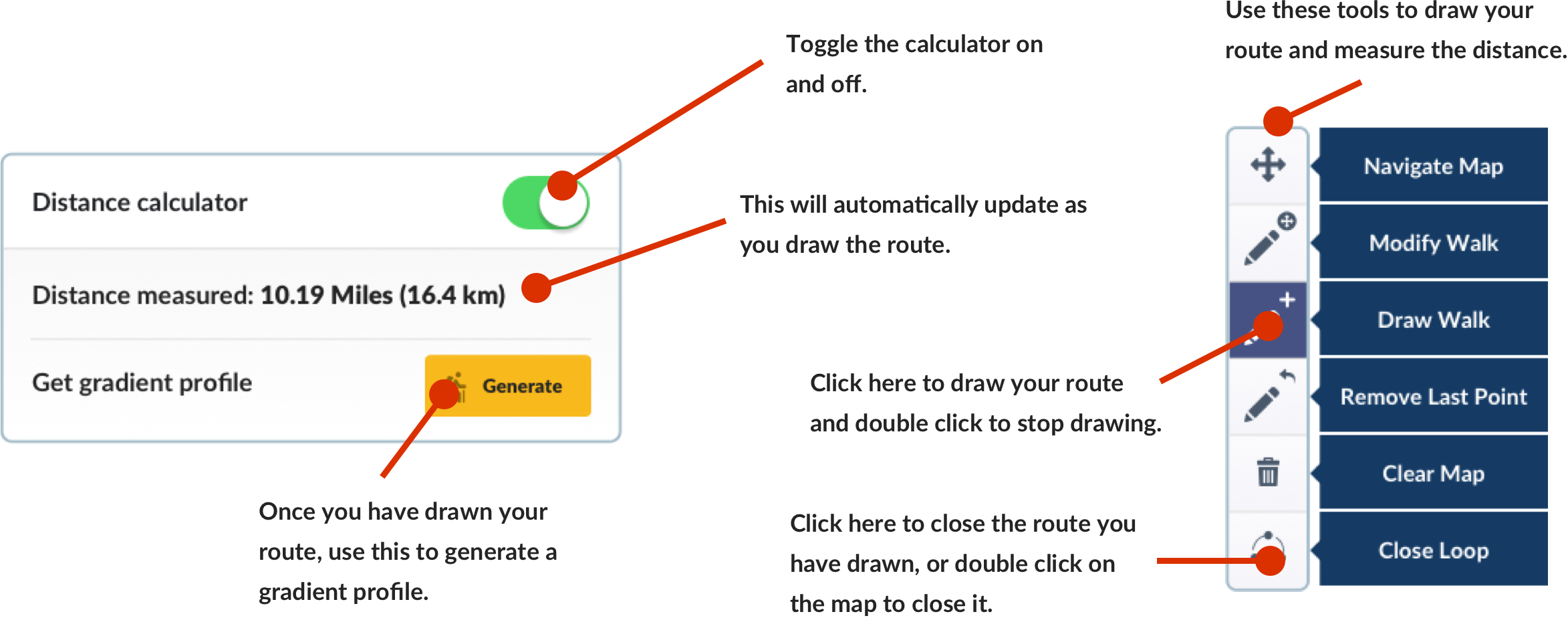Wedi’i ychwanegu at eich Cynllunydd Taith isod
Cyfrifiannell pellter
Hidlwyr Map
Customise your trip with our filters.
Hidlwyr Map

Ewch o un opsiwn i’r llall isod i ddangos y marcwyr sydd ar gael.
Cyffredinol Marchogaeth BeicioLlety
Pwyntiau o ddiddordeb
Gwasanaethau
Llwybrau
Llety
Pwyntiau o ddiddordeb
Trafnidiaeth
Llety
Pwyntiau o ddiddordeb
Trafnidiaeth
Mae'r proffil o uchder eich teithlen yn cael ei greu pan fyddwch yn defnyddio’r cyfrifiannell pellter (uchod) i dynnu llinell.
Mae'r proffil o uchder eich teithlen yn cael ei greu pan fyddwch yn defnyddio’r cyfrifiannell pellter i dynnu llinell.

The horse was designed and financed by Thomas Taylor, a native of Kilburn, and cut in 1857. The work was done by the village schoolmaster, John Hodgson, and 20 helpers. It is 314ft long by 228ft high and about 20 people could stand on the grass island which forms the eye, though walking on the horse is now strongly discouraged.
Unlike the horses in the south of England which are cut into chalk and are therefore naturally white and virtually self-preserving, the Kilburn White Horse is cut into limestone which is the wrong colour and needs artificial whitening. This was first done using gallons and gallons of whitewash, but now chalk chippings from the Yorkshire Wolds are used.